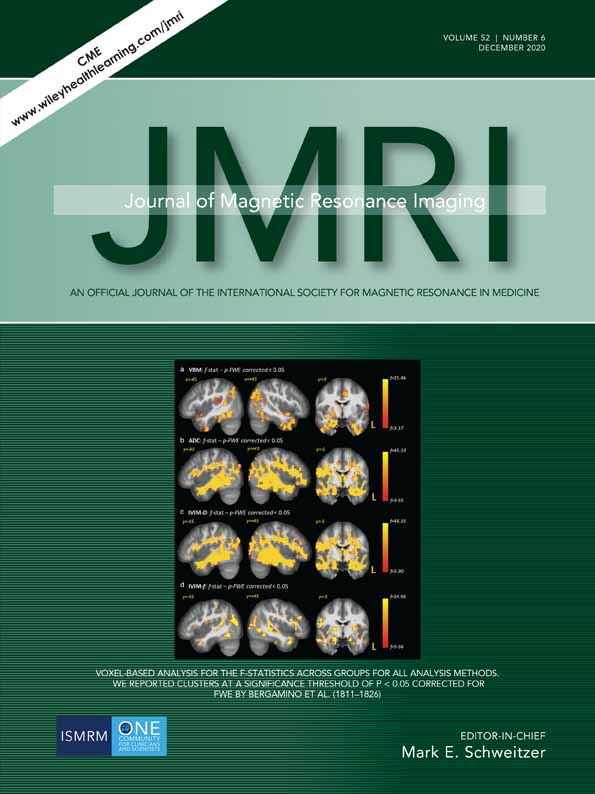Aberrant Fiber Coherence of Amygdala−Accumbens−Pallidum Pathway Is Associated With Disorganized Nigrostriatal−Nigropallidal Pathway in Parkinson's Disease
Contract grant sponsor: 13th Five-year Plan for National Key Research and Development Program of China; Contract grant number: 2016YFC1306600;) Contract grant sponsor: National Natural Science Foundation of China; Contract grant numbers: 81971577, 81571654, 81701647, and 81771820. Contract grant sponsor: 2018 Zhejiang University Academic Award for Outstanding Doctoral Candidates (to T.G.); Contract grant sponsor: China Postdoctoral Science Foundation; Contract grant number: 2019M662082 (to X.G.). The authors thank all the normal volunteers and PD patients recruited for this project.
Abstract
Background
Motor disturbances in Parkinson's disease (PD) mainly result from the degeneration of classic motor pathways. Given that the specific limbic pathway participates in movements, it is reasonable to consider that limbic pathway have the pathologic potential of motor disturbance in PD.
Purpose
To explore the white matter changes of limbic and motor pathways and their relations in PD patients.
Study Type
Prospective.
Population
39 PD patients and 55 normal controls.
Sequence
Sagittal 3D T1-weighted fast spoiled gradient recalled sequence, diffusion-weighted spin echo-echo planar imaging sequence on a 3T scanner.
Assessment
Probabilistic tractography was used to reconstruct the motor pathways (nigrostriatal−nigropallidal and basal ganglia−motor cortex pathways) and limbic pathway (amygdala−accumbens−pallidum pathway). White matter alterations of these pathways were evaluated by fractional anisotropy (FA), mean diffusivity (MD), axial diffusivity (AD), radial diffusivity (RD), neurite density (NDI), and orientation dispersion (ODI). Clinical assessment was conducted by a neurologist.
Statistical Tests
Group comparisons were performed using unpaired t-tests. Pearson or Spearman correlation was used to explore the relationships between variables.
Results
Compared with normal controls, PD patients showed decreased ODI as well as increased MD and AD in the bilateral nigrostriatal−nigropallidal pathway (P < 0.05), decreased FA in left basal ganglia−motor cortex pathway (P < 0.05), and decreased ODI in left limbic pathway (P < 0.05). MD and AD in the left nigrostriatal−nigropallidal pathway was negatively correlated with FA in left basal ganglia−motor cortex pathway (r = −0.597, P < 0.05 and r = −0.433, P < 0.05, respectively). MD in the left nigrostriatal−nigropallidal pathway was significantly correlated with ODI in the left limbic pathway (r = −0.404, P < 0.05). ODI was associated with AD within each hemisphere of the nigrostriatal−nigropallidal pathway (r = −0.591, P < 0.05 for left; r = −0.589, P < 0.05 for right).
Data Conclusion
The relationship between the degenerated motor pathways and aberrant limbic pathway suggest the existence of neuronal modulation between motor and limbic pathways, providing novel evidence of the neuromechanism for motor disruption in PD patients.
Level of Evidence
2
Technical Efficacy Stage
1 J. MAGN. RESON. IMAGING 2020;52:1799–1808.




